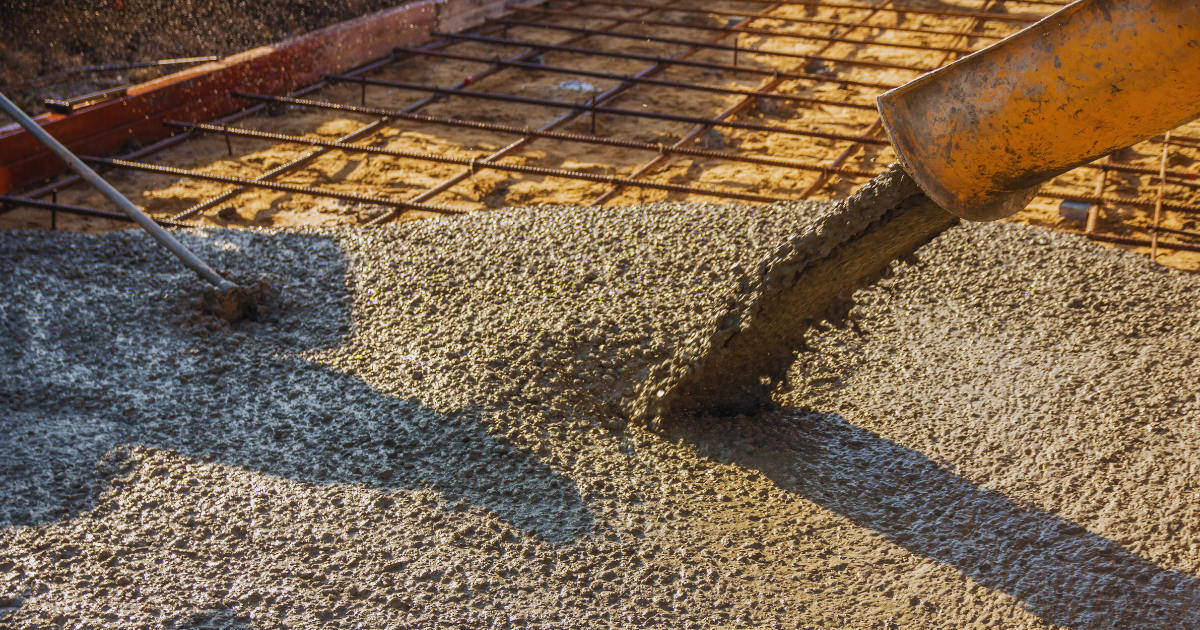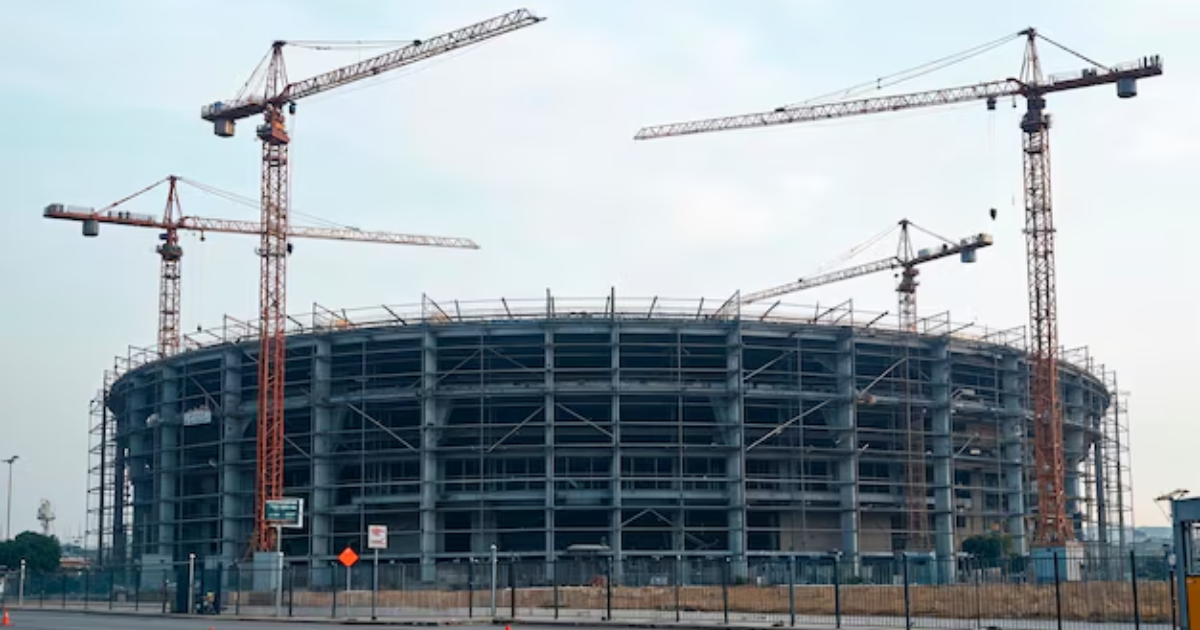Selecting the best foundation solution is crucial for any construction project, especially for structures requiring deep foundations. Among the various options available, diaphragm wall construction stands out for its reliability and versatility, particularly in projects requiring soil retention and groundwater control. However, other foundation methods, like pile foundations, caissons, and sheet piling, also offer unique benefits depending on the project requirements. Understanding these options and how they compare can help you make an informed choice that ensures stability, durability, and cost-efficiency.
In this blog, we’ll compare diaphragm wall construction to other common deep foundation solutions, exploring each method’s advantages, limitations, and ideal applications to determine which is right for your project.
What Is Diaphragm Wall Construction?
Diaphragm wall construction involves creating reinforced concrete walls deep within the ground, typically for basements, tunnels, or retaining structures. This method is especially suited for projects where high water tables or poor soil conditions present challenges. Diaphragm walls are constructed by excavating narrow trenches and filling them with concrete, reinforced with steel bars for added strength. Once in place, diaphragm walls provide robust support against lateral soil pressure and offer excellent water resistance.
Diaphragm wall construction is often used in large urban projects, such as high-rise buildings, metro systems, and dams, where ground stability and water resistance are crucial.
Deep Foundation Solutions: A Comparison
Each foundation method has unique properties, strengths, and weaknesses, making some options more suitable than others depending on the site and project specifications. Here, we’ll examine diaphragm wall construction and compare it with pile foundations, caissons, and sheet piling.
1. Diaphragm Wall Construction
Advantages:
- Lateral and Vertical Support: Diaphragm walls provide exceptional lateral and vertical support, making them ideal for projects with deep excavations.
- Waterproofing Capabilities: These walls are highly effective in high water table areas, as they act as a barrier to water seepage.
- Minimized Soil Movement: Diaphragm walls stabilize the surrounding soil, reducing the risk of soil movement, which is particularly beneficial in dense urban areas.
- Design Flexibility: Diaphragm wall construction can be adapted to a variety of site conditions and project needs, including irregular excavation shapes.
Limitations:
- Complex Construction Process: Diaphragm wall construction requires specialized equipment and expertise, which can drive up costs.
- Time-Consuming: Compared to other foundation methods, constructing diaphragm walls can take more time due to the depth and precision required.
2. Pile Foundations
Overview: Pile foundations involve driving or drilling cylindrical columns, or piles, into the ground to transfer the load of the building to deeper, more stable soil layers. Piles can be made of steel, concrete, or timber and are commonly used in structures where the surface soil is too weak to support the load.
Advantages:
- Depth Versatility: Piles can be driven to various depths depending on the soil conditions, making them adaptable to different sites.
- Cost-Effective for Certain Projects: Pile foundations can be a more economical choice, particularly for smaller-scale projects.
- Load-Bearing Efficiency: Piles can handle high loads, distributing the weight effectively even in challenging soil conditions.
Limitations:
- Limited Lateral Support: While piles provide excellent vertical support, they offer less lateral stability compared to diaphragm walls, making them less suitable for deep excavations.
- Vibrations During Installation: Driving piles can generate vibrations, which can be disruptive and potentially damaging to nearby structures.
- Limited Use in Waterlogged Areas: Pile foundations are not ideal for areas with high water tables as they lack the water-resistant qualities of diaphragm walls.
3. Caissons (Drilled Shafts)
Overview: Caissons are large-diameter, cylindrical shafts drilled into the ground and filled with concrete to provide a stable foundation. They are often used in waterlogged areas or where large buildings require deep, stable support. Caissons can be open, closed, or pneumatic, depending on the project’s depth and water table.
Advantages:
- High Load-Bearing Capacity: Caissons can support very heavy loads, making them suitable for large structures like bridges and skyscrapers.
- Water Resistance: Caissons are effective in waterlogged areas, providing stability in environments that would challenge other foundation types.
- Long-Lasting: Due to their size and stability, caissons are extremely durable and have a long lifespan.
Limitations:
- High Cost: Due to the large diameter and depth requirements, caissons are expensive to construct.
- Complex Installation: The construction of caissons involves complex engineering and often requires specialized equipment and personnel.
- Not Ideal for Urban Environments: The space requirements for caisson construction can be prohibitive in dense urban areas, where space is limited.
4. Sheet Piling
Overview: Sheet piling involves driving sheets of steel, concrete, or wood vertically into the ground to create a barrier. This method is commonly used in shallow excavations, such as retaining walls or cofferdams, where soil containment is essential. Sheet piling is quick and cost-effective for temporary structures but may lack the strength needed for deep foundations.
Advantages:
- Quick and Affordable: Sheet piling is one of the faster and more economical deep foundation solutions, especially for temporary or shallow structures.
- Reusable Materials: Steel sheets can be reused, making sheet piling an environmentally friendly option for temporary support.
- Effective for Retaining Soil: Sheet piling is excellent at containing soil in shallow excavations and preventing water seepage.
Limitations:
- Limited Depth and Strength: Sheet piling is not ideal for deep foundations or heavy loads, making it unsuitable for high-rise buildings or extensive excavations.
- Limited Durability: While sheet piles are reusable, they are not as durable as concrete structures like diaphragm walls.
- Noise and Vibration: Driving sheet piles into the ground generates noise and vibration, which can be disruptive.
Comparing Diaphragm Wall Construction with Other Foundation Solutions
Each of these foundation methods serves a specific purpose, and the choice between them depends on project requirements, soil conditions, water table levels, and budget constraints. Here’s how diaphragm wall construction stacks up against other methods:
- Lateral Support and Depth: Diaphragm wall construction provides superior lateral support and stability for deep foundations, especially in high water table areas. Pile foundations and caissons also support deep structures but may lack the water resistance diaphragm walls provide.
- Water Resistance: Diaphragm walls are ideal for projects where groundwater is a concern, offering excellent waterproofing. While caissons also perform well in waterlogged areas, pile foundations and sheet piling are generally less effective in such conditions.
- Vibration and Urban Suitability: Diaphragm wall construction minimizes soil movement and is quieter than pile driving, making it more suitable for urban areas. Sheet piling and pile foundations, on the other hand, generate vibrations and noise, which may pose issues in densely populated areas.
- Cost and Complexity: While diaphragm wall construction is effective for large projects, it can be costly and requires skilled labor. Pile foundations are often more cost-effective for smaller projects, whereas caissons are generally the most expensive due to their large size and construction complexity.
When to Choose Diaphragm Wall Construction
Diaphragm wall construction is ideal for projects where deep excavation, water resistance, and lateral stability are critical. It’s well-suited for the following scenarios:
- High-Rise Buildings in Urban Areas: The lateral stability and soil retention offered by diaphragm walls are essential for skyscrapers, especially when building in crowded urban environments with soft or variable soils.
- Underground Tunnels and Metro Systems: For projects involving extensive underground excavation, diaphragm walls prevent soil collapse and groundwater intrusion.
- Water-Resistant Foundations: Diaphragm wall construction is ideal for areas with high water tables, acting as a reliable barrier against water seepage.
Conclusion: Choosing the Right Foundation Solution
Each foundation solution offers unique advantages, and selecting the right one depends on the specific requirements of your project. Diaphragm wall construction excels in situations requiring deep excavation, water resistance, and lateral support, making it an excellent choice for high-rise buildings, metro systems, and waterlogged areas. However, pile foundations, caissons, and sheet piling all offer benefits that may better suit different project types, especially when budget or construction timelines are a concern.
By evaluating the advantages and limitations of each method, you can choose a foundation solution that enhances your project’s stability, durability, and safety.







